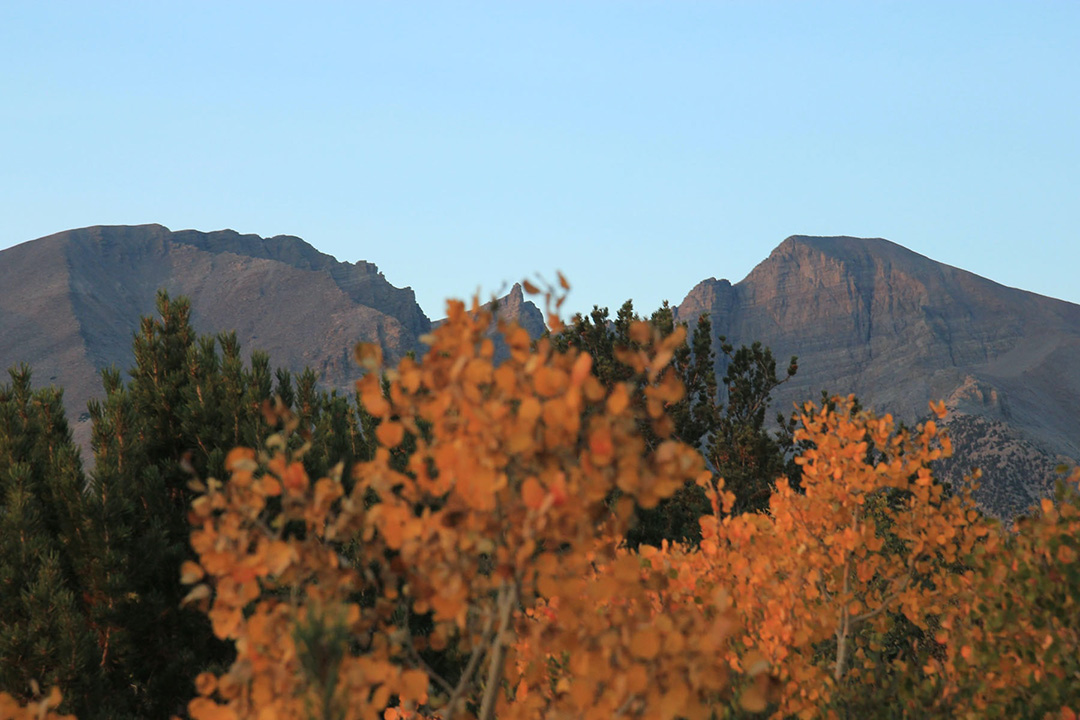Stretching across the border of North Carolina and Tennessee, Great Smoky Mountains National Park is the most visited national park in the United States, and it’s not hard to see why. With its mist-covered ridges, winding forest trails, rich biodiversity, and accessible viewpoints, the Smokies offer an unforgettable destination for adventurers and sightseers and all who simply desire a cozy afternoon in the mountains.
Of course, this is no simple park, and there is a lot to see and experience in the Great Smoky Mountains National Park, so much that it can be hard to know just where to go when you have limited time during your vacation. We hope the following guide will help illuminate the best sights in this park and help you get an idea of what else one should know for the ultimate Smoky Mountains experience.
Your All-Out Great Smoky Mountains National Park Guide
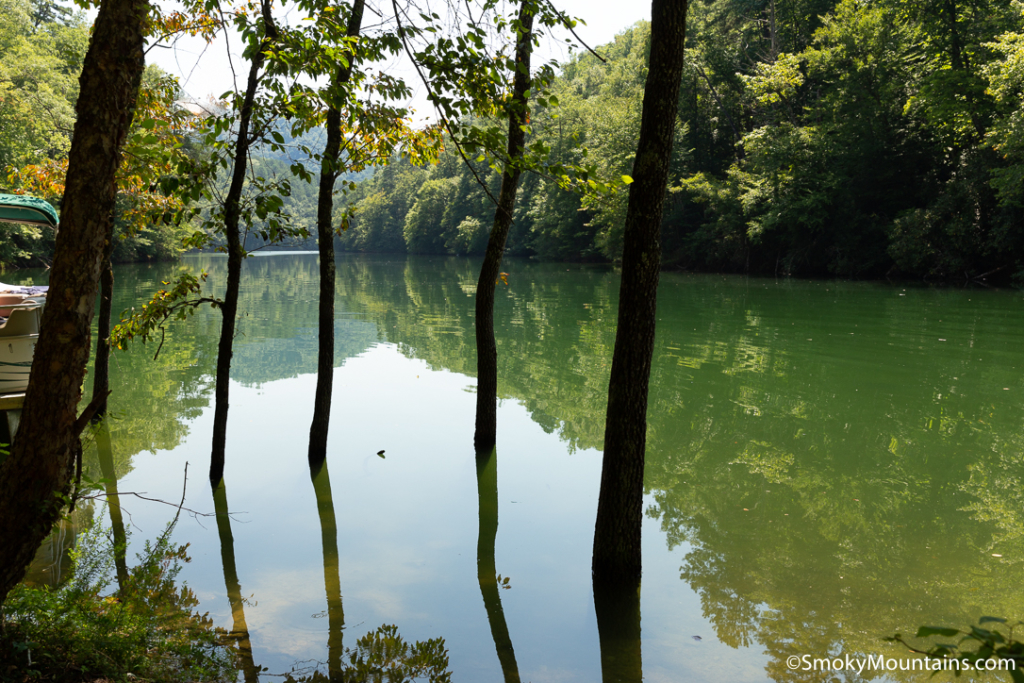
Getting to the Park
There are three main entrances to the park, and each offers access to different sections of the Smokies:
- Gatlinburg, Tennessee Entrance: This is the most popular and heavily trafficked. Gatlinburg is about an hour’s drive from Knoxville, which has the nearest major airport (McGhee Tyson Airport).
- Townsend, Tennessee Entrance: Quieter and more scenic, this entrance is ideal for those seeking a peaceful experience.
- Cherokee, North Carolina Entrance: Located on the southern side, this is the gateway to Newfound Gap Road and offers easy access to Clingmans Dome.
No matter which entrance you choose, having a car is essential. Public transportation to and within the park is virtually nonexistent, and while you may see some bicyclists cruising up and down the winding roads, we don’t recommend it except for very serious and experienced cyclists.
Parking Fees and Passes

While entrance to the park remains free, a parking tag is required if you plan to stop your vehicle for more than 15 minutes. As of 2025, the fees are:
- $5 for a daily parking tag
- $15 for a weekly tag
- $40 for an annual tag
Tags can be purchased online through the National Park Service website or at kiosks near entrances. Note that these are per vehicle, not per person.
Animals to See
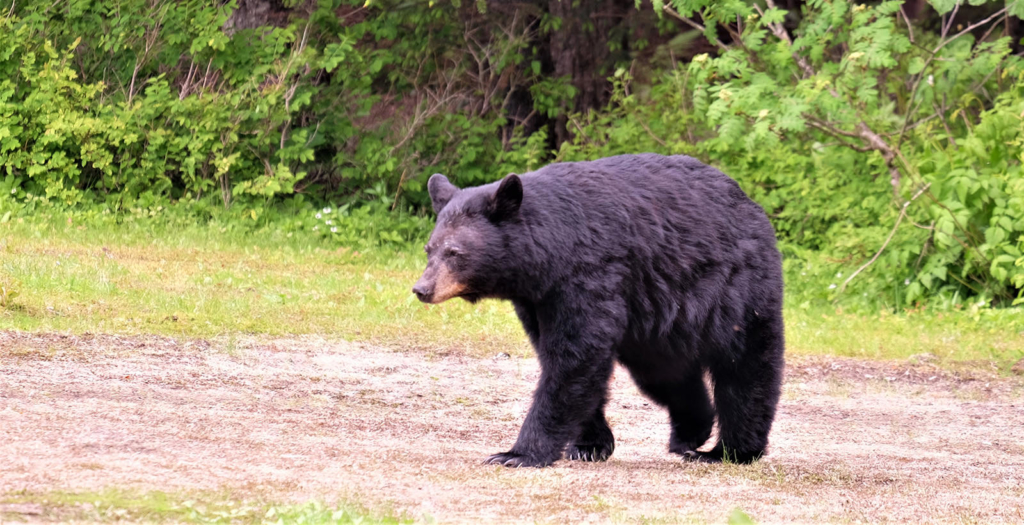
The Great Smoky Mountains National Park is one of the most biodiverse areas in North America. It’s home to over 65 species of mammals, 200 types of birds, and thousands of plant and insect varieties. It’s just about impossible to go here and not see some wildlife, with some of the most sought-after animals to see within the park’s borders being:
- Black Bears: There are around 1,500 black bears in the park. They’re most active in spring and fall. Always view from a distance—at least 150 feet.
- Elk: Reintroduced in 2001, elk can often be seen in the Cataloochee Valley.
- White-tailed Deer: Commonly spotted near open meadows at dawn and dusk.
- Wild Turkeys and Salamanders: The park is sometimes called the “Salamander Capital of the World.”
Bring binoculars and stay alert. These big wildlife sightings may just be the highlight of your trip!
Top 5 Hikes and Trails
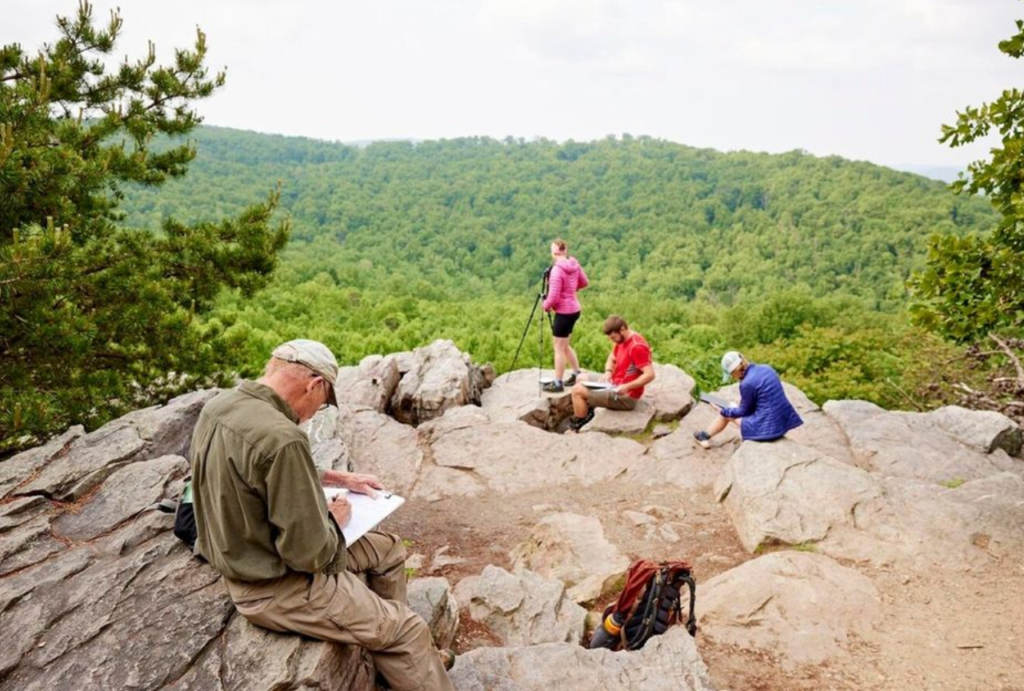
With over 800 miles of trails (including 74 miles of the cross-country Appalachian Trail that cuts through the park), hiking is the best way to experience the park. Here are five of the top-rated hikes, from moderate challenges to bucket-list treks:
- Alum Cave Trail to Mount Le Conte (11 miles roundtrip)
This trail includes unique geological features like Arch Rock and Alum Cave Bluffs, with sweeping views from the summit. - Charlies Bunion (8 miles roundtrip)
Starting from Newfound Gap, this hike offers panoramic views of the Appalachian Trail and rugged terrain. - Chimney Tops (4 miles roundtrip)
Short but steep, this hike rewards climbers with jaw-dropping views. Note: the last 0.25 miles to the summit is closed, but the overlook is still impressive. - Clingmans Dome (1.2 miles roundtrip)
Paved but steep, this short walk leads to the highest point in the park and an observation tower with 360-degree views. - Andrews Bald (3.5 miles roundtrip)
A moderate trail starting at Clingmans Dome parking lot. Wildflowers bloom in early summer, and grassy balds offer open vistas.
Top Easy Sightseeing Spots
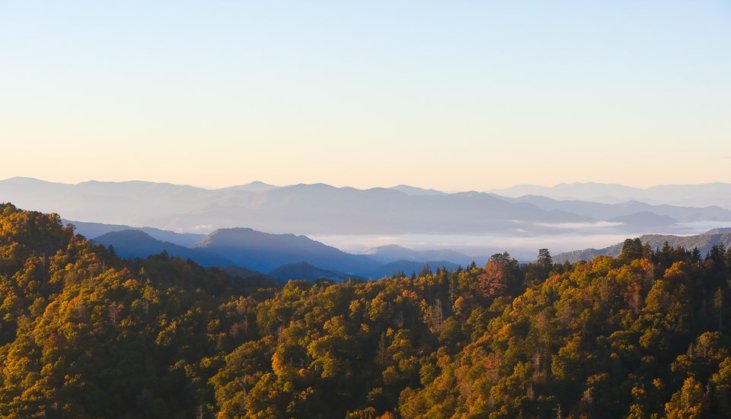
Don’t feel like hiking? No problem. The Smokies offer incredible scenery from the comfort of your car or with minimal walking:
- Newfound Gap Road: This scenic highway connects the Tennessee and North Carolina sides of the park. Stop at overlooks for incredible views and picnic areas.
- Cades Cove: An 11-mile loop road lets you spot wildlife, tour historic structures, and take photos of mountain backdrops. Best visited early in the morning to avoid crowds.
- Oconaluftee Visitor Center and Mountain Farm Museum: Explore 19th-century buildings and possibly see elk grazing nearby.
When to Visit

Each season brings something special:
- Spring (March–May): Wildflowers bloom in abundance. Expect variable weather and fewer crowds.
- Summer (June–August): Lush greenery, waterfall hikes, and full trail access—but also higher humidity and peak tourist season.
- Fall (September–November): The most popular time to visit due to stunning foliage. Plan ahead—accommodations fill quickly.
- Winter (December–February): Quiet and peaceful. Snow may close higher elevation roads, but lower trails are still accessible.
Fall and spring offer the best balance of weather and beauty, while winter is best for solitude.
How Many Days Do You Need?
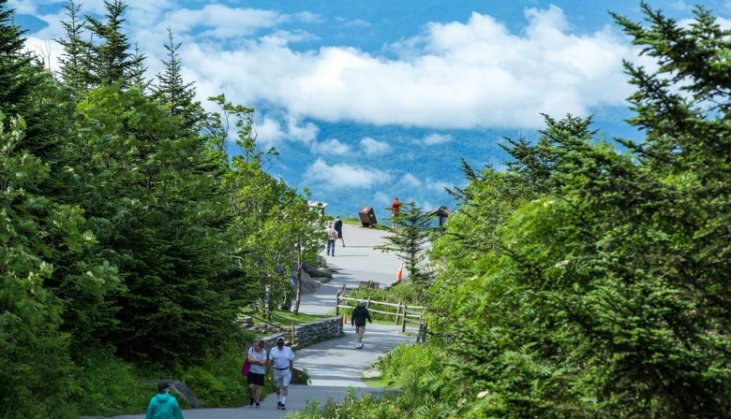
We recommend allocating at least two to three days to explore the biggest highlights like Cades Cove, Clingmans Dome, and a couple of hikes. Here’s a sample breakdown:
- 1 Day: Clingmans Dome, Newfound Gap Road, and a scenic drive like Roaring Fork.
- 2 Days: Add a hike (e.g., Laurel Falls or Andrews Bald) and visit Cades Cove.
- 3+ Days: Explore Cataloochee Valley, tackle a longer hike (Mount Le Conte or Charlies Bunion), and check out historical sites.
If you’re a hiker, five to seven days allows you time enough to sample a wonderful range of trails and elevations without rushing.
Now, Get to Exploring!
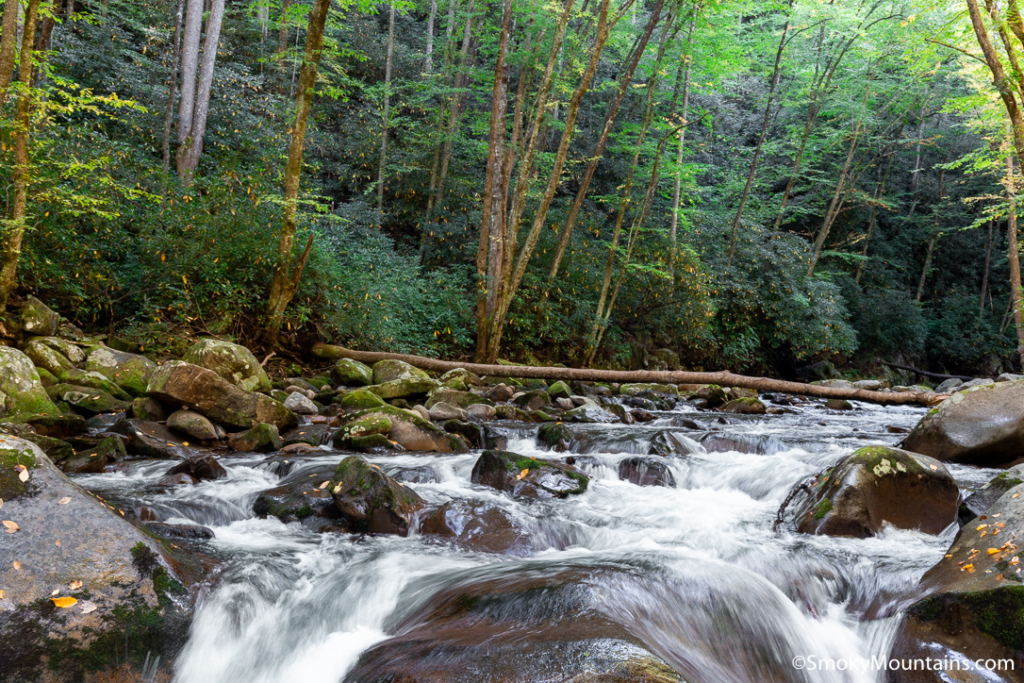
Whether you’re chasing waterfalls, searching for black bears, or soaking in mountain views, Great Smoky Mountains National Park delivers one of the most versatile and rewarding outdoor adventures in the U.S. It’s a destination you can return to again and again with each time discovering something new.
So pack your hiking boots, charge your camera, and grab a parking tag, because the Smokies are calling. Looking for more information about the area? Be sure to check out our other pages as well!
